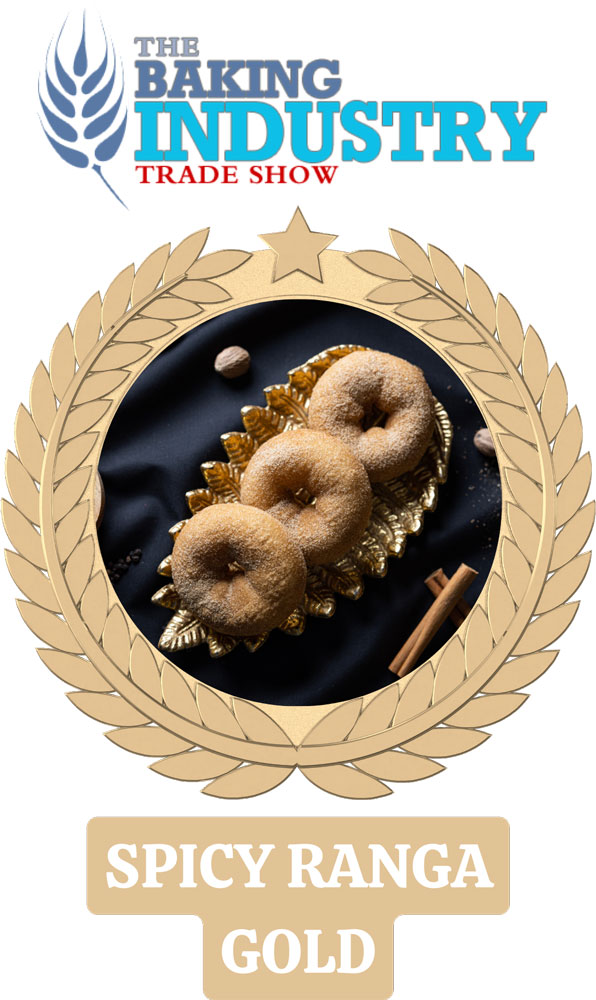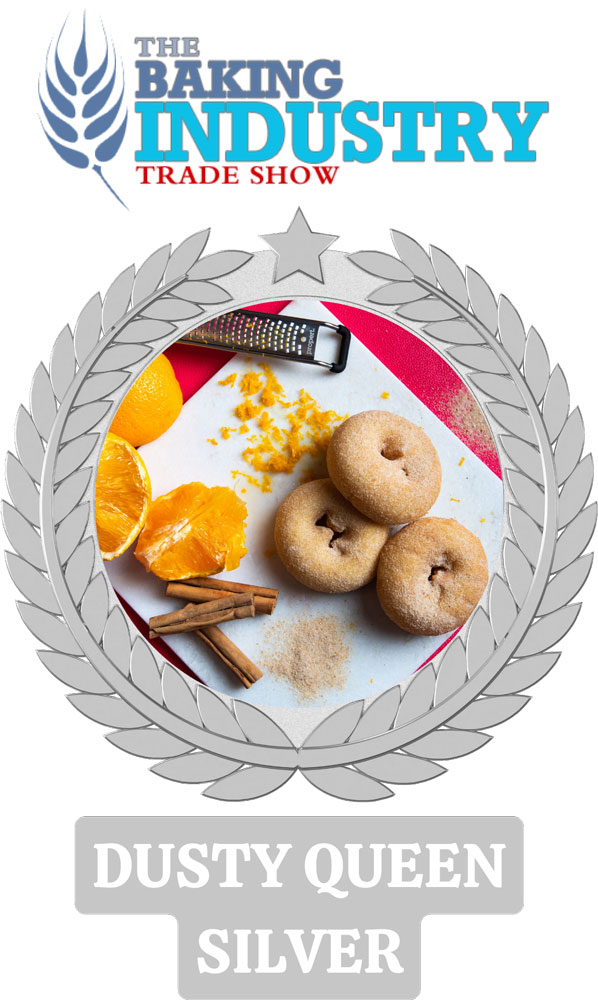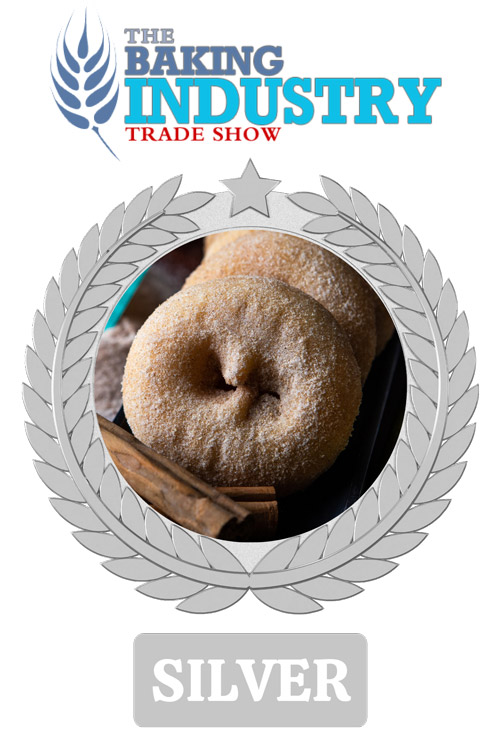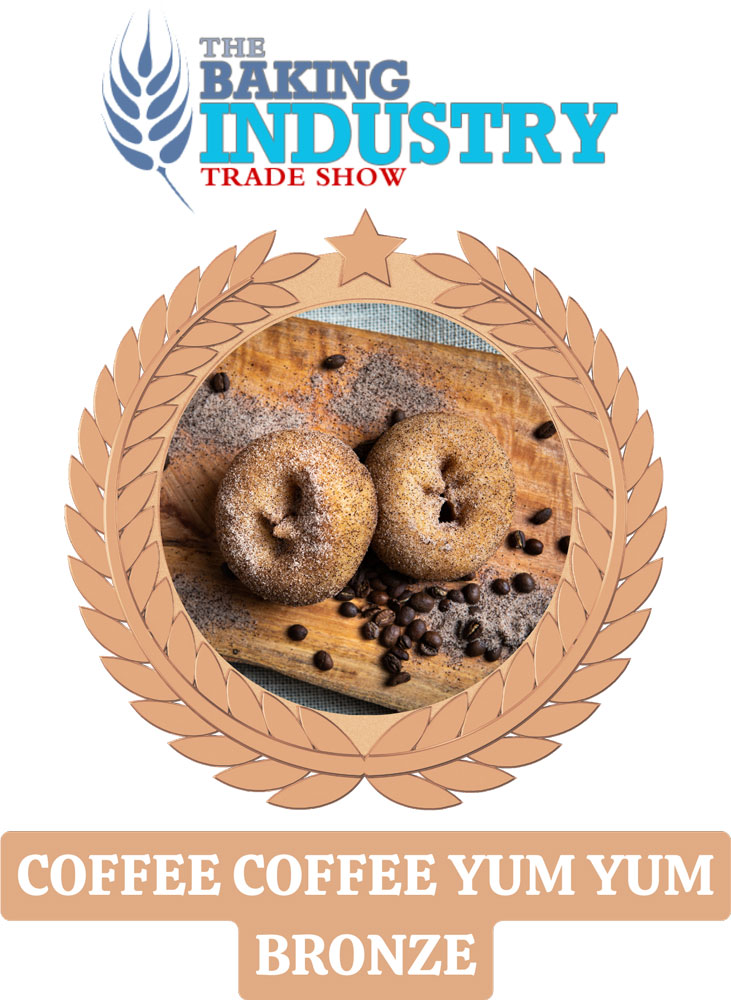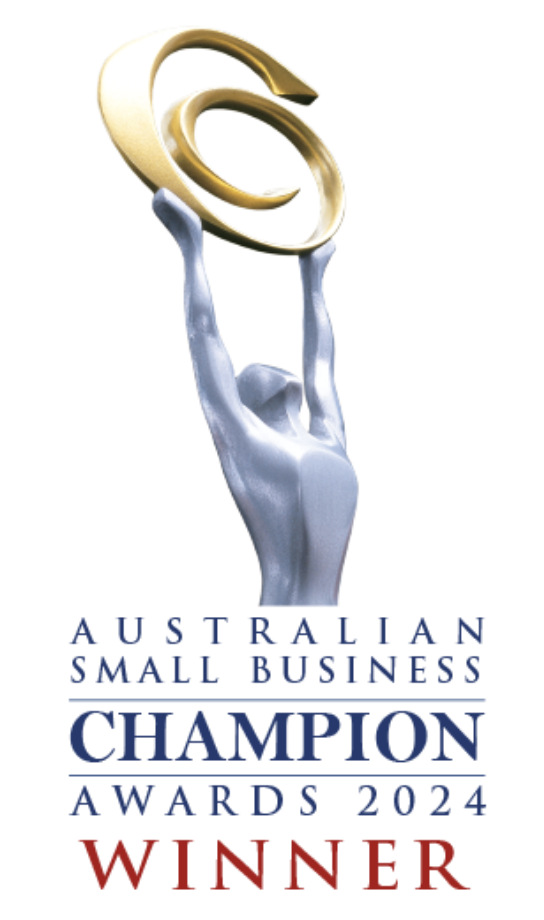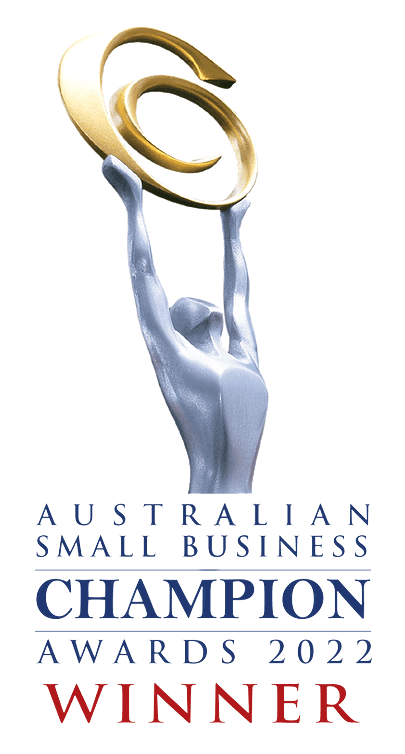We all love to spoil the kids in our lives with something special. A cupcake after school. Fairy bread at a party. A lolly bag at the end of a birthday celebration. It feels innocent. It feels joyful. But here’s the uncomfortable question: at what cost?
The not-so-sweet truth
Many popular children’s snacks are hiding a dirty little secret—artificial food dyes that are banned overseas for health reasons. Banned. As in, deemed too dangerous for human consumption. Yet here at home, we’re still pouring them into icing sugar, dusting them over fairy bread, and sneaking them into lollies with colours so bright they almost glow in the dark. And our kids? They’re the ones paying the price.
When treats come with a warning label
Australian Biomedical Scientist, Dr Zac Turner warned on Sunrise that these food dyes are far from harmless decorations. Take Red Dye No. 3—linked to thyroid tumours in animal studies and set to be banned in the US from 2025. Or Tartrazine (E102) and Sunset Yellow (E110), both of which are associated with hyperactivity and immune reactions in sensitive children.
“The really scary bit?” Dr Zac explained. “These synthetic dyes don’t just make food look fun. They can impact neurotransmitters, cross the blood-brain barrier, and affect behaviour and mood. We’re not talking about a sugar high here. We’re talking about chemicals with the potential to change how a child’s brain functions.”
And that’s the heart of it. Our children’s brains and bodies are still growing. They’re smaller, more fragile, and more easily affected. Dosing them up with chemicals in the name of “treats” is a cocktail they should never have to swallow.
What the Research Tells Us
Science has been sounding this alarm for decades.
• A landmark University of Southampton study found that artificial colours and preservatives increased hyperactivity in children as young as three, as well as in school-aged kids (Southampton Study, 2007).
• A review by the European Food Safety Authority acknowledged that while not every child reacts, those who do may experience significant behavioural effects (EFSA).
• The Center for Science in the Public Interest has linked artificial dyes not just to hyperactivity but also to allergic reactions and potential carcinogenic risks (CSPI Fact Sheet).
• In the US, California has already passed laws banning these additives from school food, after acknowledging their link to behavioural issues in kids (Health.com).
Even the FDA has admitted the risks of Red 3 are too high, banning it in some products after cancer findings.
And perhaps most sobering of all: children are exposed to these chemicals at higher rates than adults, often exceeding recommended daily limits (UC Berkeley Public Health).
Sugar isn’t the villain—chemicals are
For years, parents were told the problem was sugar. “Don’t let them eat too many lollies, or they’ll go wild.” But new evidence points the finger elsewhere. It’s the additives. The neon yellows, the fake reds, the too-blue blues. These are the culprits linked to tantrums, mood swings, inattention, and sleep disruption.
So why do we accept this?
Other countries are drawing the line. The US is banning. The UK forces warning labels. Companies like Kraft and Nestlé are moving to phase them out. Yet here in New Zealand, we keep handing out food laced with chemicals we’d never want our children near if they came in a bottle marked “toxic.”
Our Choice: Real Rainbows
This is one of the reasons we are so passionate about what we do at OMG! Decadent Donuts. Our donuts are a treat—we’ve never pretended otherwise. But they’re a treat made with integrity. No fake reds, no radioactive yellows, no sneaky preservatives. Just real fruit and spice powders that create colours nature intended: beetroot pinks, turmeric golds, berry purples.
Because joy doesn’t need to come with a warning label. Our children deserve better. They deserve natural rainbows, not chemical ones. Find our colourful and safe donuts near you www.omgdecadentdonuts.co.nz/locations

